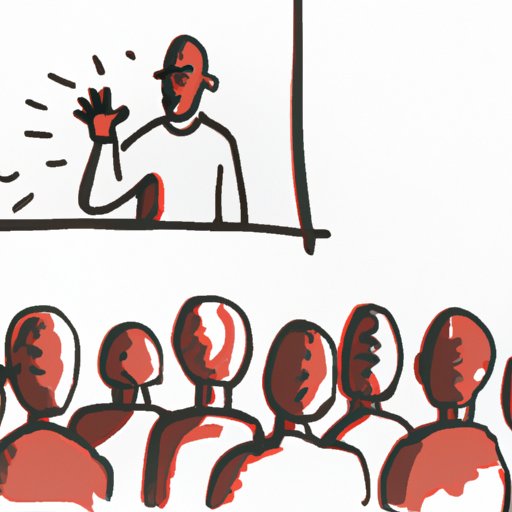Introduction
Storytelling is a powerful tool for passing on knowledge, values, and culture from one generation to the next. It can be used to educate, entertain, or inspire. But not everyone is a natural storyteller, and even those who are can benefit from honing their skills. If you want to become a better storyteller, here are some strategies you can use.
Know Your Audience
The first step in telling a great story is to understand your audience. Who are they? What kind of stories are they likely to be interested in? Are they looking for something humorous, inspiring, or educational? Knowing your audience will help you choose stories that are appropriate for them and will keep their attention.
Practice Telling Stories
The best way to become a better storyteller is to practice. Out loud, either to yourself or to a friend or family member. Don’t worry about getting it perfect the first time around. The more you practice, the more comfortable you’ll become with storytelling.
Use Visual Aids
Visual aids are a great way to enhance a story. Props, pictures, or videos can help bring the story to life and make it more engaging for the audience. Plus, they can help keep your audience’s attention and add another layer of interest to your story.
Focus on the Details
One of the keys to good storytelling is providing enough detail to paint a vivid picture. Include details such as location, characters, and emotions to help your audience visualize the story and connect with it on an emotional level.
Keep it Simple
Don’t try to overcomplicate the story. Keep it simple and focus on the key elements that make up the story. Too many details can be overwhelming and take away from the overall story.
Vary Your Tone
Using different voices and tones can help keep your audience engaged. Varying your tone can also help emphasize certain parts of the story and make it more interesting.
Build Suspense
Creating tension and suspense throughout the story will keep your audience on the edge of their seats. Using cliffhangers or leaving out key pieces of information can help build anticipation and keep your audience guessing until the end.
Conclusion
Storytelling is an art form that can be used to educate, entertain, or inspire. To become a better storyteller, it’s important to know your audience, practice telling stories, use visual aids, focus on the details, keep it simple, vary your tone, and build suspense. With these strategies, you can become an engaging storyteller and captivate your audience.
(Note: Is this article not meeting your expectations? Do you have knowledge or insights to share? Unlock new opportunities and expand your reach by joining our authors team. Click Registration to join us and share your expertise with our readers.)
